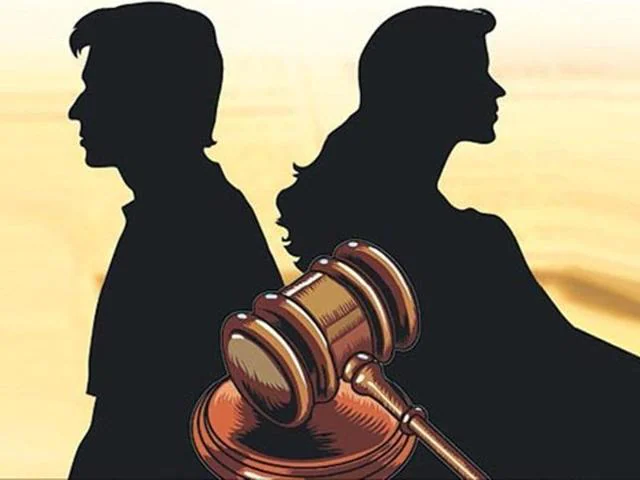By Justice Katju
In the first half of the 20th century divorce was almost unknown in India. In fact it was not even legally permitted among Hindus ( it was first permitted by the Hindu Marriage Act, 1955 ), and even among Muslims, for whom it was permitted by the sharia law, it was very rare.
India had one of the lowest divorce rates in the world, but in the last few decades this has increased rapidly.Today Indian law courts are flooded with cases of divorce, maintenance, child custody, etc, and such cases often double every few years.
Reference: Why divorce rates are increasing in India? Know it’s 5 key points
How did this happen ?
To explain this drastic change one must go back in time.
Upto the first half of the 20th century most people, particularly in rural areas, where 85% of India’s population lived, were married in childhood, the boy being 14-15 years old and the girl being 13-14, and their life partners were chosen by their parents. Thus they grew up together ( usually in a joint family ) and became friends, not just husband and wife. At that very young age one’s personality is flexible, so there was no problem of adjustment. Hence there was seldom any divorce.
Today the position is very different. Now both boys and girls are grown up when they marry, the boy ( or rather young man ) often being 27 or 28, and the girl ( or rather young woman ) being 25 or 26. Sometimes both are highly qualified, and often both working.
Dating system, as practised in Western countries, is still uncommon in India, and the way one gets married is usually this : the girl’s parents invites the boy and his parents for tea at their home, and the boy and girl are sometimes left alone for a short time in a separate room to talk with each other and assess each other. They may meet again a few times, and then they are asked by their parents if they are agreeable to get married. If they agree, the marriage is performed.
However, after marriage, they may realise they are living wih a stranger. At their age their personalities have become rigid, and is no longer flexible, and they may have different interests and ambitions, and may find each other incompatible. Whereas in earlier times women were financially dependent on their husbands, and so had to put up silently with whatever treatment they got from their husbands or in-laws, now they do not put up with ill treatment, such as violence and abuses, particularly since many are working and financially independent, and have their self respect.
This, and other factors e.g. infidelity, ego clashes, etc often results in divorce proceedings, claims for maintenance, child custody battles, etc.
Reference: Divorce rate in India
Another cause for this phenomenon is the rapid urbanisation of India over the last few decades. Whereas in former times most Indians ( about 85% ) lived in rural areas, now about 40% live in cities and towns. The financial hardships in these places, and other factors such as shortage of proper housing, often contributes to the break up of the marriage, and increase in divorce cases is more witnessed in urban areas, even in smaller towns.
Reference: Divorce Rate in India
Reference: Mathura, Hapur, Jhajjar – Small-town divorces rising and shocking courts, lawyers, families
Many wives separate from their husbands without a legal divorce ( which often takes years to obtain as Indian court proceedings are usually very protracted ), as they prefer separation to life long abuse.
Reference: What divorce and separation tell us about modern India
Where is all this heading to no one can predict. But this much is evident that Indian society, particularly relations between men and women, is changing rapidly, and in the years to come this trend is going to grow exponentially, for better or for worse.

Leave a Reply